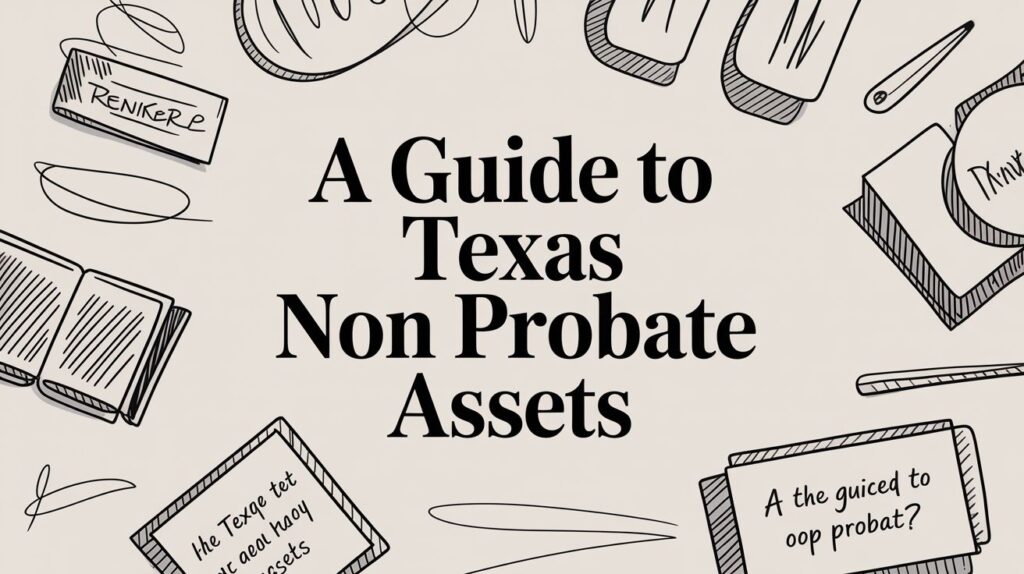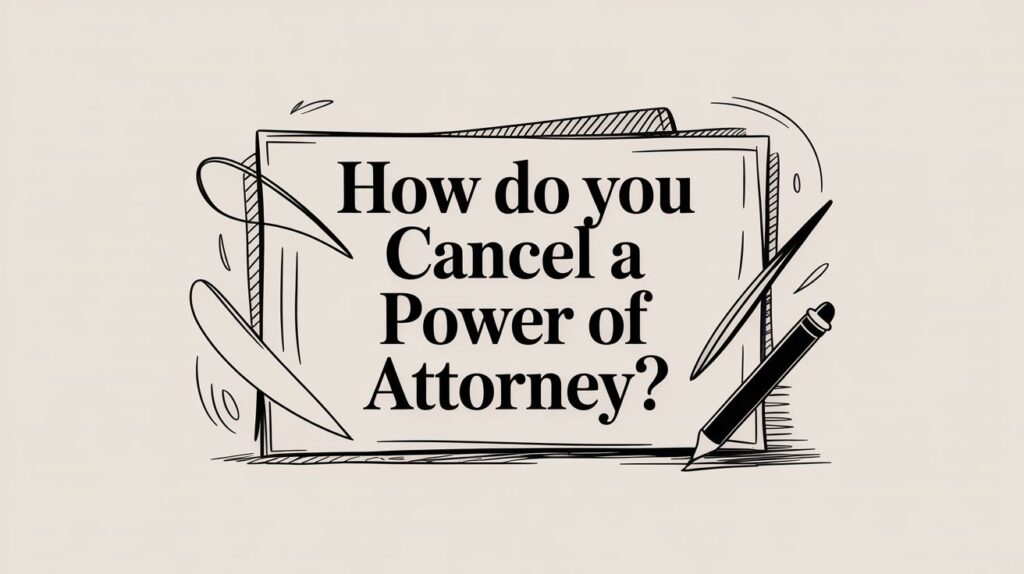When someone you care about passes away, you’re often left not only with grief but also with legal responsibilities that can feel both confusing and overwhelming. One of the most common yet least understood parts of handling a loved one’s affairs involves navigating estate administration probate cases. Whether you’re named as the executor in a will, appointed by the court, or simply trying to understand what comes next, this guide is designed to help.
In this article titled “Understanding Estate Administration Probate Cases Explained,” we’ll walk you through every step—from filing the initial petition to distributing assets and finally closing the estate. Along the way, you’ll find real-life examples, clear explanations, and practical insights that turn a complex legal process into something far more manageable. Let’s now explore how estate administration really works in probate court and how you can move through it with confidence.

What Are Estate Administration Probate Cases?
Breaking Down the Legal Terminology
To understand estate administration probate cases, let’s start with the basics. “Estate administration” refers to the process of collecting, managing, and distributing a person’s assets after their death. “Probate” is the court-supervised part of that process—ensuring everything is done legally and fairly.
An estate includes everything the deceased owned at the time of death:
- Real estate
- Bank accounts
- Investments
- Vehicles
- Personal belongings
Whether the person left a will (testate) or not (intestate), their estate usually needs to go throughprobate courtunless it’s a small estate or fully covered by a trust.
So when we talk about estate administration probate cases, we’re talking about the formal legal route to settling someone’s affairs. It’s the legal roadmap for tying up all financial and legal loose ends.
Real-Life Story: Julia’s First Time as Executor
Julia, a 41-year-old teacher in Houston, loved her aunt deeply and was named the executor in her aunt’s will. Despite her strong organizational skills, Julia had never dealt with probate before. Initially, she assumed she could simply walk into the bank with a copy of the will and gain access to her aunt’s accounts.
That assumption turned out to be incorrect.
The bank informed Julia that the accounts were frozen and that she needed “letters testamentary” issued by the probate court. Unsure what that meant, she consulted a probate attorney. After reviewing some estate administration probate cases, she discovered that she had to file a court petition, notify creditors, prepare a detailed asset inventory, and complete several court steps that would take months to finish.
Julia’s journey illustrates how easy it is to underestimate probate—and how much smoother the process becomes once you know what to expect.
Step One: Filing the Probate Petition
Initiating the Legal Process
The first official action in any estate administration probate case involves filing a petition for probate. This is submitted to the probate court in the county where the deceased resided.
To do this, you’ll need:
- A certified copy of the death certificate
- The original will, if one exists
- Contact information for all known heirs and beneficiaries
- A basic estimate of the estate’s assets and liabilities
Once you file the petition, the court sets a hearing date to appoint the executor (when there’s a will) or the administrator (if there isn’t one). That appointment gives the personal representative legal authority to begin managing the estate.
Filing this petition jumpstarts a chain of responsibilities—including notifying creditors and preparing asset inventories—so understanding this initial stage is vital for navigating estate administration probate cases successfully.
Who Gets Appointed in Estate Administration?
Executor vs. Administrator
When someone dies with a will, the probate court generally appoints the executor named in that document. This individual is responsible for carrying out the decedent’s final wishes and overseeing the entire estate administration process.
If no valid will exists, the court selects an administrator, typically a close relative, to handle the same tasks.
Whether titled executor or administrator, both roles fall under the umbrella of personal representative. Their core responsibilities include:
- Identifying and collecting the estate’s assets
- Paying off outstanding debts and taxes
- Distributing what remains to legal heirs
- Filing regular reports with the court

Although courts offer guidance, the personal representative must actively manage these duties. Therefore, understanding the executor or administrator’s role is essential to properly handling estate administration probate cases.
Inventory and Appraisal: Taking Stock of the Estate
Know What’s There—and What It’s Worth
One of the first major tasks assigned to the personal representative in estate administration probate cases is compiling a comprehensive inventory of all estate assets. Courts typically require this inventory within 90 days of your appointment.
Assets to be listed include:
- Real property (homes, rental properties, land)
- Personal property (vehicles, jewelry, furniture, collectibles)
- Financial holdings (bank accounts, investment portfolios, retirement funds)
- Outstanding debts or liabilities
In many states, the court assigns a probate referee or licensed appraiser to determine the fair market value of each item. Mistakes or omissions in the inventory stage can cause delays, disputes, and even financial penalties.
Because of the financial and legal implications, it’s crucial to approach this task with precision and care.
Notifying Heirs, Beneficiaries, and Creditors
Legal Notice Requirements You Can’t Skip
Probate law requires that all interested parties be formally notified about the estate administration process. This includes:
- Heirs (even if they’re not named in the will)
- Beneficiaries
- Known creditors
You’ll typically need to:
- Mail legal notice to known parties
- Publish notice in a local newspaper to inform unknown creditors
- File a proof of service with the court
This step ensures that anyone with a potential claim has the opportunity to come forward. In estate administration probate cases, proper notice is not optional—it’s legally required.
Failing to notify the right people can derail the entire case or even open the door to lawsuits later.
Paying Debts and Taxes
Clearing the Estate’s Obligations
Before distributing any inheritance, the estate must pay all outstanding debts and tax liabilities. These include:
- Credit card bills and personal loans
- Medical and hospital expenses
- Utility payments
- Mortgages and auto loans
- Federal and state income taxes
- Estate or inheritance taxes, if applicable
As the personal representative, it’s your job to ensure these obligations are paid using estate funds. If the estate lacks liquidity, you may need to sell property or negotiate with creditors.

This step is often one of the most delicate and emotionally charged in estate administration probate cases, especially when family members are waiting to receive their inheritance.
Real-Life Example: When There Wasn’t Enough Money
Carlos was appointed administrator of his cousin’s estate in California. The estate included a car and a home—but also over $80,000 in debt. Carlos had hoped to sell the home and divide the money among family members, but after paying off the debts, there was nothing left.
He had to explain to his relatives that the estate had “died broke.”
This situation is more common than you’d think—and it underscores how important it is to follow the law and prioritize debts properly in estate administration probate cases.
Distributing Assets to Heirs and Beneficiaries
The Final Step—But Not the Easiest
After debts and taxes are handled, the court allows the personal representative to distribute the remaining assets to the heirs or beneficiaries. This usually requires:
- Filing a petition for final distribution
- Showing that debts have been paid
- Including a detailed accounting of all income, expenses, and disbursements
- Obtaining the court’s approval before distributing assets
Sometimes heirs are anxious and start dividing personal items before legal approval. This can lead to disputes or allegations of mismanagement.
That’s why even this “final step” in estate administration probate cases must be handled carefully and by the book.
When Probate Goes Wrong: Common Pitfalls
Mistakes That Can Cost Time, Money, and Trust
Probate isn’t always smooth. Here are a few things that can go wrong:
- Disputes among heirs over the will or assets
- Missing or disputed beneficiaries
- Improper handling of assets (e.g., mixing personal and estate funds)
- Failure to file required documents on time
- Miscommunication or lack of transparency
These problems can drag a six-month process into years of litigation. Avoiding them requires a clear understanding of your role, good communication, and staying organized throughout the entire probate process.
Even experienced administrators can find themselves overwhelmed, which is why many people turn to professionals to guide them through estate administration probate cases.
Do You Need a Lawyer for Estate Administration?
Not Always—But Often a Smart Move
While it’s possible to handle estate administration probate cases without a lawyer (especially for smaller estates), most people find that legal guidance is incredibly helpful—especially when:
- The estate is large or complex
- There are disputes among heirs
- The will is contested
- There are tax issues or debts to settle
- Out-of-state property is involved

Probate lawyers help you avoid costly errors, meet deadlines, and make sure everything is filed and finalized correctly. Think of them as your navigator in an otherwise confusing and often overwhelming process.
Key Takeaways for Estate Administration Probate Cases
Probate isn’t just a stack of paperwork—it’s a critical process that ensures a person’s final affairs are handled legally, fairly, and with transparency. From the moment a petition is filed to the final distribution of assets, each step requires attention to detail and a basic understanding of probate law.
In this guide to understanding estate administration probate cases explained, we’ve broken down the process into manageable pieces. Whether you’re an executor, administrator, or family member trying to stay informed, this knowledge can ease confusion, reduce delays, and help avoid family conflict.
If you’ve made it this far, you’re already ahead of most people who find themselves suddenly involved in estate matters. Stay organized, ask for help when needed, and remember—probate may be complex, but it doesn’t have to be overwhelming.








